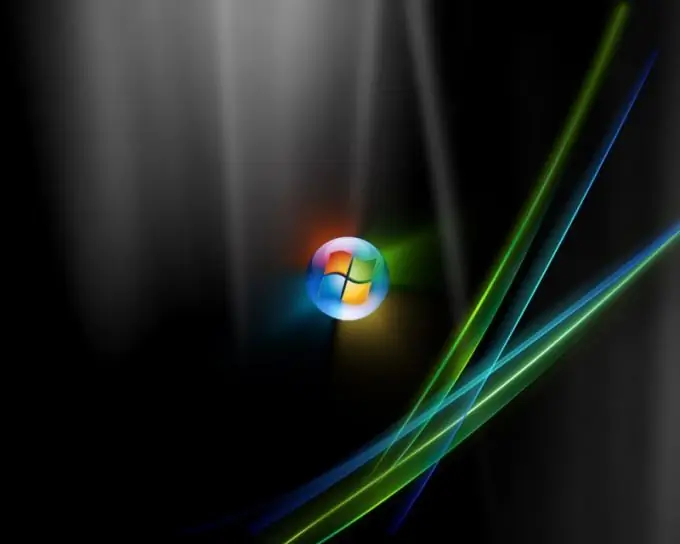One of the ways to ensure security in OS Windows is to use certificates - digitally signed documents that authenticate services, Web sites, users, or devices. Certificates are issued by a certification authority and are stored in system folders on your computer's hard drive.

Instructions
Step 1
To view all installed certificates, select Run from the Start menu and type certmgr.msc at a command prompt. In the Certificates management console, expand the child nodes that contain certificate information.
Step 2
To get information about each document, hover over it and right-click. In the drop-down menu, select the "Open" command. In the "Composition" tab, click "Properties" and in the "Show" list, check the "All" item so that the system displays detailed information about this document.
Step 3
Browsers also contain information about installed certificates. If you are using IE, select the "Internet Options" command from the "Tools" menu and go to the "Contents" tab. Click the "Certificates" button. Use the Right and Left direction arrows in the upper right corner to navigate the tabs.
Step 4
For detailed information about an individual document, select it with the cursor and click View. For information on additional parameters, use the "Advanced" button.
Step 5
If you have Mozilla Firefox installed, select the Options option from the Tools menu. Go to the "Advanced" and "Encryption" tabs. Click View Certificates. The developers of this browser decided not to single out untrusted certificates into a separate group.
Step 6
For more information about each certificate, hover over it and click View. You can change the status of the document, delete it or move it using the corresponding buttons.
Step 7
To view the certificates in Opera, in the "Settings" menu, select "General settings" and go to the "Advanced" tab. On the left side of the screen, click Security and click Certificate Management.
Step 8
The "Approved" tab contains a list of installed certificates. Click View to get detailed information about each certificate.






